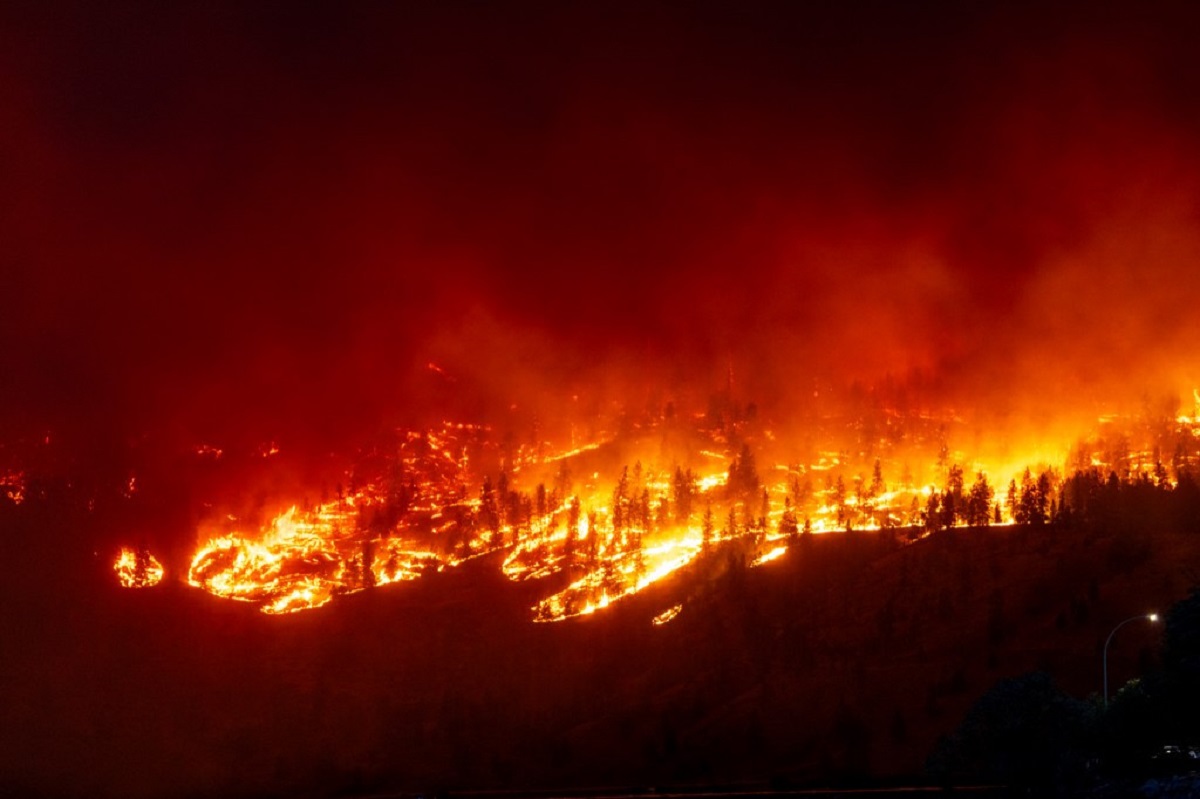
May 2024 was the warmest May on record, continuing a disturbing trend observed over the past 12 months, according to Europe’s Copernicus Climate Change Service (C3S). The average global temperature last month was 1.5 degrees Celsius above the estimated May average for the pre-industrial period of 1850-1900. For the period from June 2023 to May 2024, the average global temperature was 1.63 degrees Celsius higher than the 1850-1900 average.
A separate report from the World Meteorological Organization (WMO), published on June 6, highlighted an 80% chance that at least one calendar year between 2024 and 2028 will see its average temperature exceed 1.5 degrees Celsius above pre-industrial levels — a first in recorded history. This projection is up from a 66% chance predicted just a year ago.
The Paris Agreement’s Pledge
In 2015, 195 countries signed the Paris Agreement, committing to limit global temperature rise to “well below” 2 degrees Celsius above pre-industrial levels, with a more ambitious goal of capping the increase at 1.5 degrees Celsius. The baseline for these measurements is typically considered to be the period from 1850 to 1900, as it provides the earliest reliable, near-global temperature records.
Why 1.5 Degrees Celsius Matters
The 1.5 degree Celsius limit is based on extensive research indicating that exceeding this threshold would subject “some regions and vulnerable ecosystems” to high risks over extended periods. It serves as a “defense line” to prevent the catastrophic and irreversible impacts of climate change, which become more severe and more frequent as temperatures rise above this level.
Accelerated Climate Impacts
Breaching the 1.5 degree Celsius threshold does not immediately trigger a climate catastrophe. However, prolonged periods above this level will exacerbate climate impacts, including sea level rise, severe floods and droughts, and increased frequency of wildfires.
For example, the recent heatwave in North and Central India saw temperatures near 50 degrees Celsius, significantly higher than past heatwaves and responsible for hundreds of deaths. This extreme weather can be directly linked to rising global temperatures.
Similarly, the fourth global mass coral bleaching event, reported by the US National Oceanic and Atmospheric Administration (NOAA) in April, was driven by unusually high ocean temperatures, threatening marine life and the livelihoods of millions reliant on coral reefs.
Approaching Climate Tipping Points
A 2023 report revealed that five major climate tipping points are at risk of being crossed due to warming. These include the melting of the Greenland ice sheet and the potential death of coral reefs. Such tipping points lead to irreversible changes in natural systems, resulting in further global warming and environmental degradation.
Immediate and Radical Emissions Reduction
To avoid surpassing the 1.5 degree Celsius limit, the world must significantly reduce greenhouse gas (GHG) emissions. This necessitates an urgent shift away from fossil fuels like coal, oil, and gas, which are major contributors to GHG levels. However, progress has been insufficient, with 2023 seeing GHG levels reach historic highs.
The Role of El Niño and Future Predictions
The record-breaking temperatures of 2023 were partly influenced by the El Niño weather pattern, which caused abnormal warming of surface waters in the equatorial Pacific Ocean. While El Niño is expected to transition to the cooler La Niña phase, predictions indicate that each year from 2024 to 2028 could see global temperatures rise between 1.1 and 1.9 degrees Celsius above pre-industrial levels.
A Call to Action
UN Secretary-General António Guterres has warned that humanity is “playing Russian roulette with our planet,” emphasizing the urgent need for an “exit ramp off the highway to climate hell.” To steer clear of the most severe climate impacts, immediate and substantial efforts to curb GHG emissions are essential. The world must act now to secure a safer, more sustainable future.






